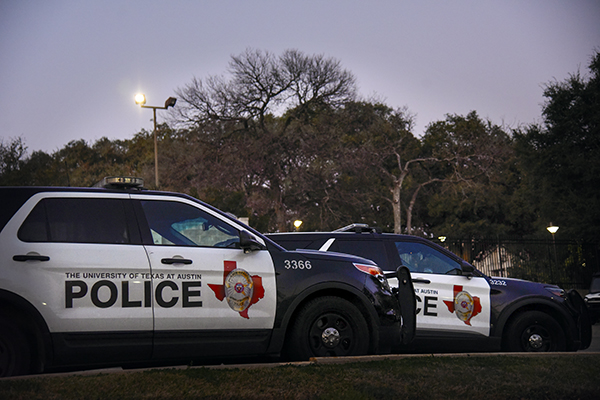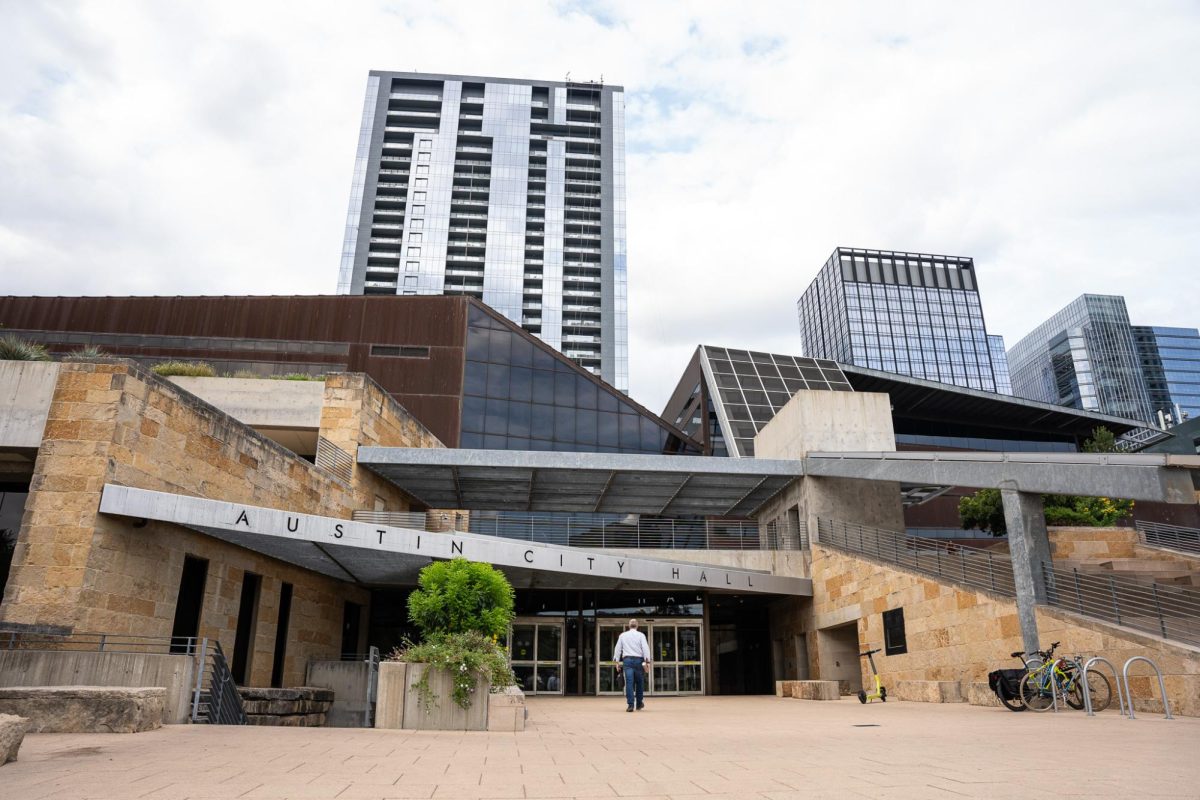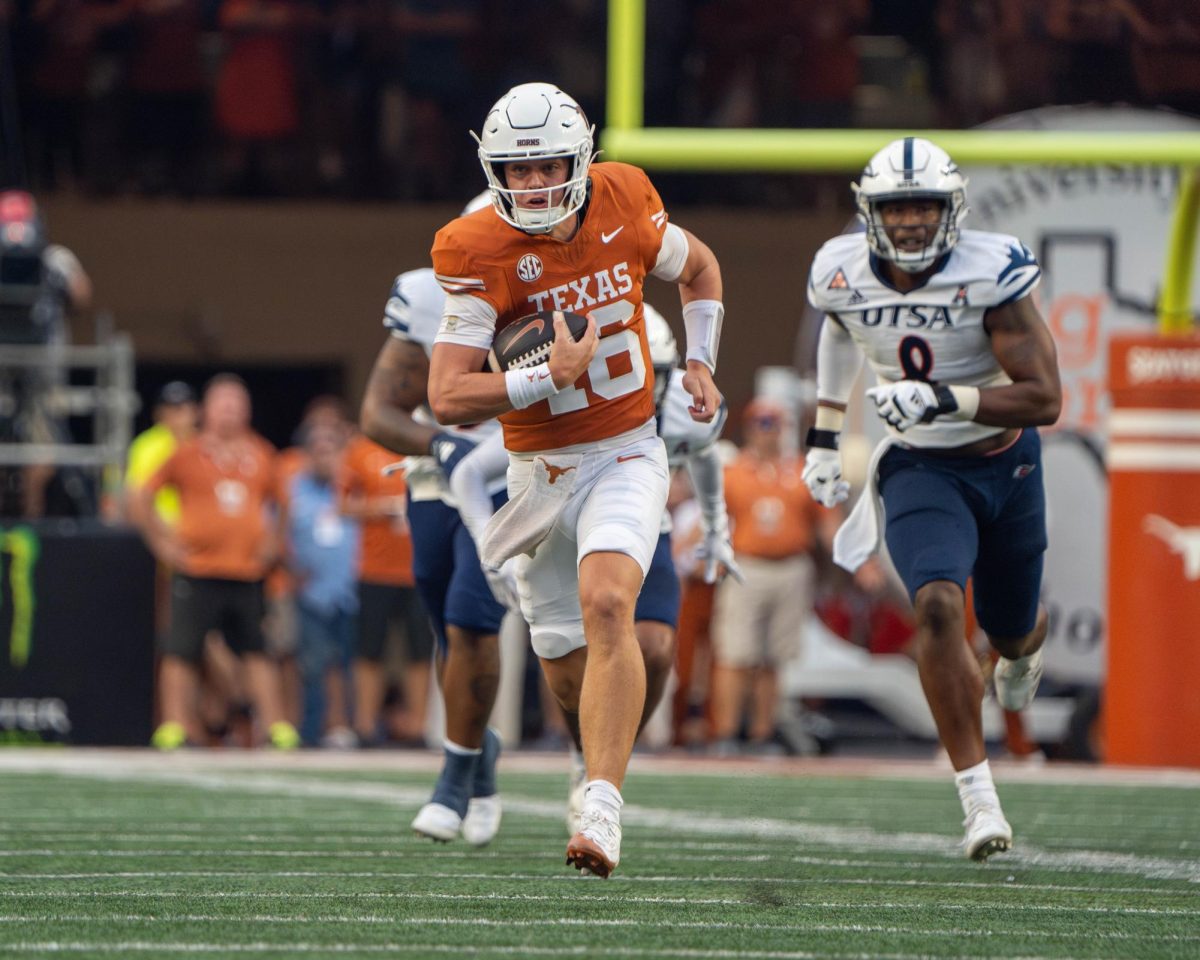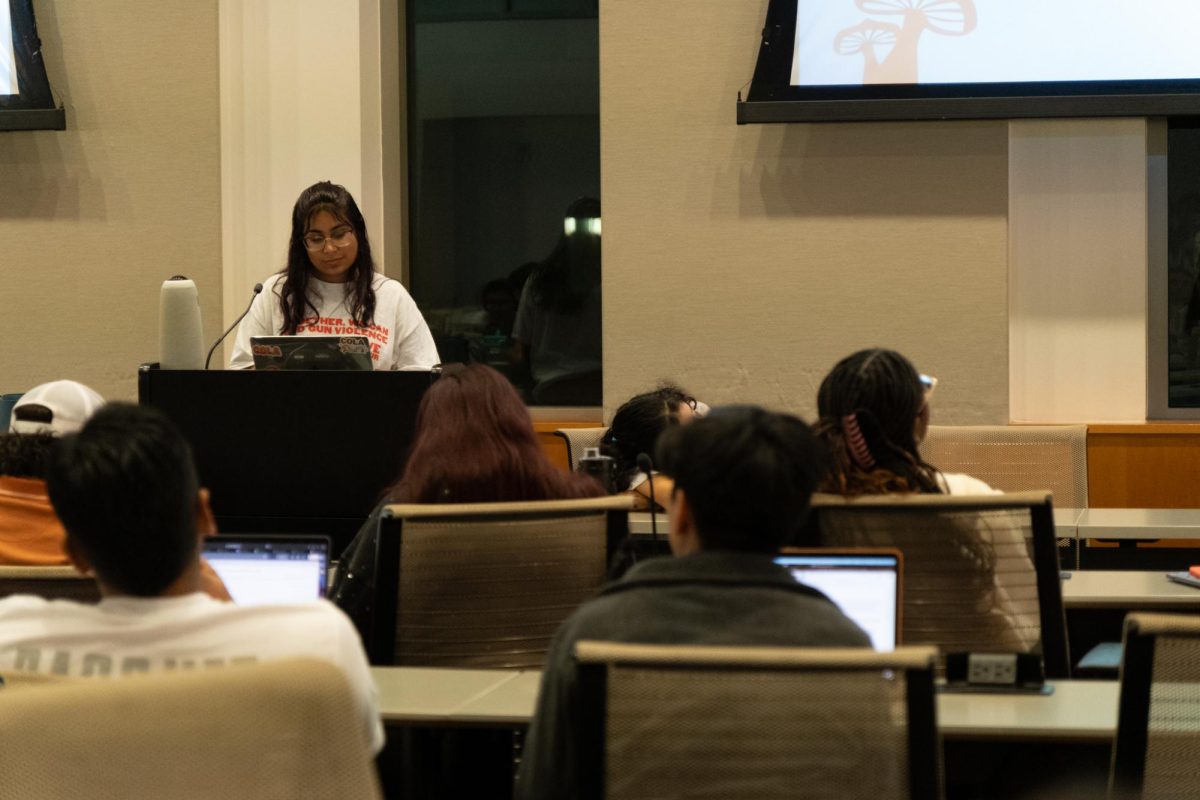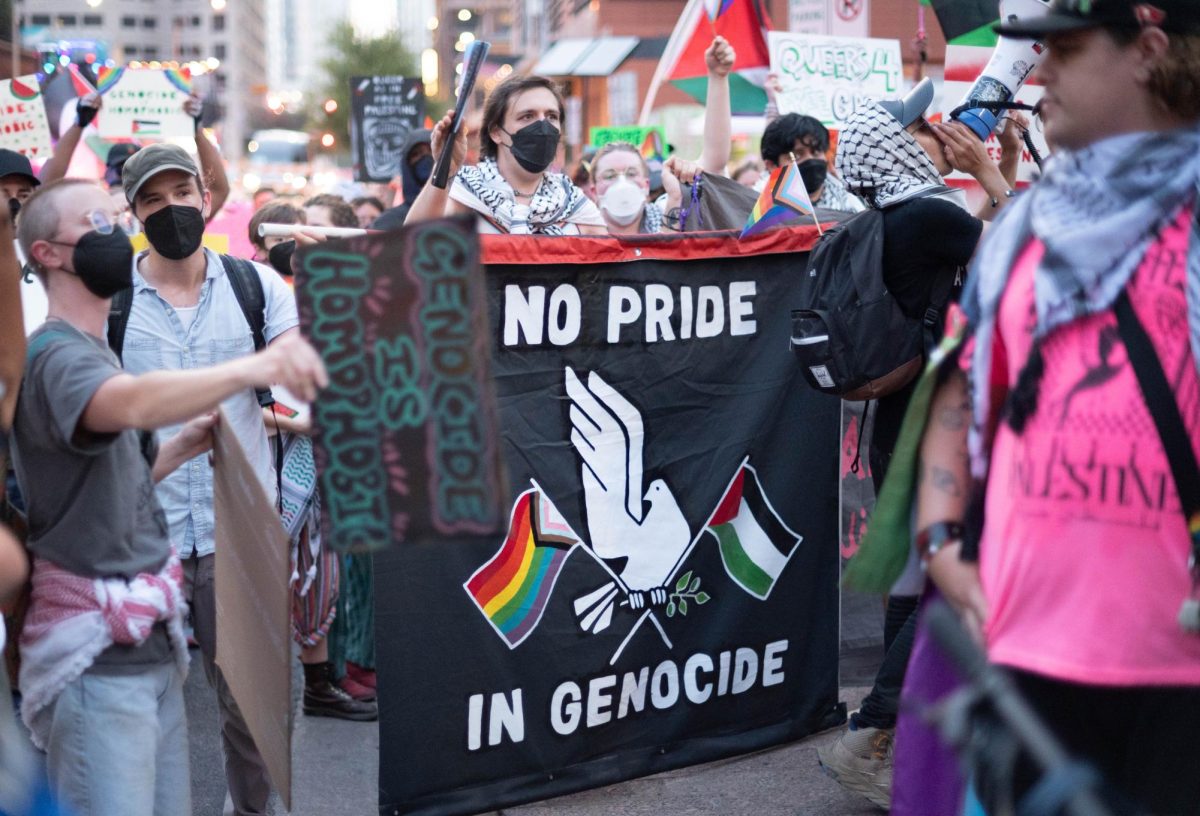Since the George Floyd protests, police departments throughout the United States have taken steps to reform their practices and past.
This includes campus policing.
From welcoming a new police chief with a focus on building stronger community relations between UTPD and students, to creating their own communication channels for campus-specific emergencies, UTPD has taken multiple measures to improve campus policing.
However, like many other campus police departments throughout the nation, UTPD isn’t immune from the concerns faced by city and local police departments.
UTPD traffic stop records over the last four years show a consistent racial disparity in stop rates when comparing the demographics of stopped individuals to the West Campus population based on 2020 Census data.
In 2020, for example, at only 4% of the West Campus population, Black drivers constituted 18% of all drivers stopped. In a UTPD racial profiling analysis report released in 2022, Black drivers constituted 16.45% of all UT System stops despite being 7% of the total student population.
A joint report filed by the Austin Offices of Police Oversight, Innovation and Equity, used a population benchmark to analyze traffic stop demographics for 2018 and found that African Americans made up 14% of all Austin Police Department stops that year.
Black residents in Austin make up only 8% of the city’s population, and even at a rate of 6% overrepresentation, the offices concluded that a racial disparity exists. The offices recommended APD acknowledge that “race plays a major role in who we stop, search and for whom we use discretion favorably.”
Vanessa Miller, assistant professor of educational leadership and policy studies at Indiana University Bloomington, who has researched school and university police issues, said this issue isn’t different from general policing accountability concerns.
“University police have largely flown under the radar, and I think, in part, it’s because of this false narrative that police officers are meter maids or security mall cops,” Miller said. “That’s not actually true. Campus police are ‘real police.’ They have access to weapons; they have the authority.”
There have been numerous campus policing violent instances throughout the nation, as well as the same racial disparity present in a lot of these departments.
Looking at over 4,000 stops over the last four years by UTPD, Black drivers made up 16% of all traffic stops.
Samaria Taylor, president of The Black Studies Experience student organization, said traffic stop disparities are concerning in an area like West Campus.
“In a place that you’re supposed to feel even safer because it’s on campus or close to campus, you feel almost worse than how you might feel out in the regular world,” Taylor said.
Stephanie Jacksis, communications representative for UTPD, said using a population benchmark is not recommended for analyzing racial disparities, as it fails to acknowledge outside factors.
“While it may be possible for disparities to be caused by police bias, there is no evidence-based reason to believe this is the only factor,” Jacksis said in an email. “If there are demographic disparities in suspect behavior, then we will see that reflected in the policing data. The major flaw in racial disparity studies or a data analysis using only population benchmarks is that they only examine officer behavior and not suspect behavior.”
The justice research consultants behind the 2022 report claimed University of Texas System police officers, which includes all UT institutions, did not know the race or ethnicity of motorists prior to the stop; thus, “the officer cannot, by legal definition, be racial profiling.”
Despite these claims, Miller said she believes that this disparity should at least be examined.
“When evidence suggests that racially discriminatory policing patterns exist, that’s something they have to reflect on whether or not they say they are,” Miller said.
According to UTPD’s 2002 racial profiling statement, they have instituted a policy that they believe addresses racial profiling by providing a complaint/compliment process for those who claim they have been stopped or searched based on racial, ethnic or national origin profiling.
Jude Dizon, assistant professor of higher education leadership at California State University Stanislaus, said while the two police departments might have different authority structures, UTPD is often not so different from APD.
“There is a belief that campus police officers are ‘special’ and ‘different’ from city police or municipal law enforcement, but actually, there are a lot of similarities,” Dizon said. “The ways in which we already know that municipal policing reproduces structural or systemic racism, campus police officers are not immune from that.”
Dizon authored a paper that examined this phenomenon. His research found that while campus police officers disapproved of individual racist behavior, most still minimized or outright dismissed criticisms of racial profiling by campus constituents, claiming they’re “misunderstood” as law enforcement.
Miller said students have more power for change than they might think.
“Students have had a very important and critical voice in addressing some of those racial disparities on campus,” Miller said. “Since campus police are within an institution, they don’t ‘serve the community’ like municipal campus police might, but that doesn’t mean that they shouldn’t be held accountable in the same ways.”


